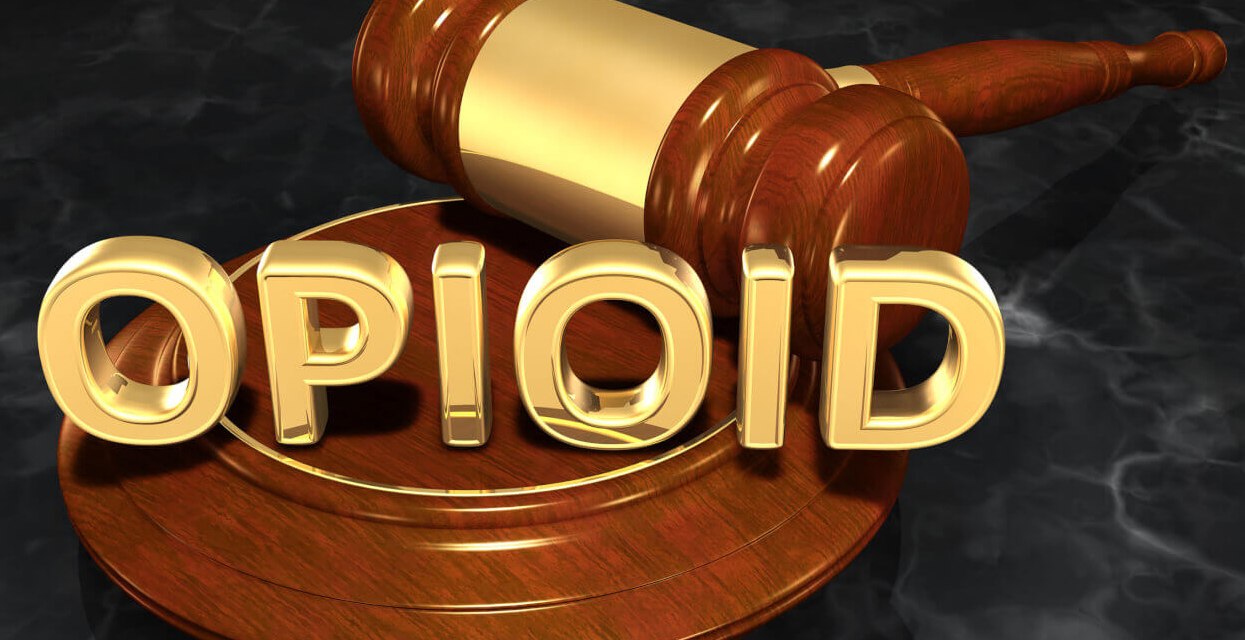From a recent edition of The New York Times:
Opioid Makers Win Major Victory in California Trial
This decision followed on the heels of a bench trial in California Superior Court. There were four corporate defendants, most prominent among them the healthcare giant Johnson & Johnson. The judge who announced the verdict concluded that “…There is simply no evidence to show that the rise in prescriptions [for opioids] was not the result of the medically appropriate provision of pain medications to patients in need.”
Huh? I have questions about that. I’m not alone, apparently. How do they account for the grotesque overprescribing of opioids by certain physicians and clinics — to the point where the pharmacists asked to fill them became concerned enough to complain to the Corporate office?
By the way, Corporate appears to have advised the complaining pharmacists to go right on filling them. None of our business, was the message. Not yours, and certainly not the Corporation’s.
Okay, but what about all the fantastic sums spent by Big Pharma promoting their opioid products, based largely on false and misleading claims of safety and effectiveness? Here’s the judge’s statement on that: “Even if the companies perpetrated false or misleading marketing… any adverse downstream consequences flowing from medically appropriate prescriptions cannot constitute an actionable public nuisance.”
Downstream? Unusual term. I guess it means all the way down to where actual patients took the pills and experienced the consequences.
The argument was made by the defense that because the plaintiffs were not able to distinguish the legitimate federally-approved pain medications from all the other opioids that were flooding the market (the illegal ones), the makers couldn’t be held responsible for the damage done.
You lost me, folks. The pharmacists seem to have recognized what was happening. Why couldn’t their superiors? I’m sure someone was tracking it, especially if a prescriber had been flagged for suspicious activity.
It’s obvious I’m not a lawyer. Maybe if I were, this would make perfect sense.
The Times article suggests that the problem lies in the difficult of assigning responsibility to an enterprise where so many different entities were involved — the manufacturers, but also the distributors, the pharmacies, the doctors themselves. Apparently a key issue was that these particular opioids were FDA approved.
With so many players involved as the pills made their way “downstream” from the factory, how can the drug makers bear primary responsibility? Even if to the layperson’s mind, they richly deserve consequences.
Per a law professor: one mistake the plaintiffs made was to rely mostly on statistics and statistical modeling. The Court wanted them to tie an individual prescription to a final outcome, such as a fatality.
“The defendants have said over and over again that the plaintiffs need to establish with precision exactly what illegal marketing behavior of theirs caused the opioid epidemic or whether the crisis would have just emerged anyway…” To me, that seems naive. It’s been observed that it may also appear to be flawed reasoning to other judges who hear other cases yet to come.
As a curious postscript, two of the biggest of the Big Pharmas, Pfizer (makers of Robitussin, Viagra) and Merck have already split off their consumer products divisions from their more profitable pharmaceuticals business. Johnson & Johnson (Band-Aid, Tylenol) plans to do the same. I suspect that’s at least partially due to exhaustion from the legal wrangles over their famed baby powder.
The CEO insists the two issues are entirely unrelated.
Meanwhile, an update from Ohio: Three of America’s larges pharmacy chains — CVS, Walgreen’s, and WalMart — have been found guilty for their role in the opioid epidemic. Naturally, their attorneys are already preparing appeals.
I suppose they weren’t far enough ‘downstream’ to avoid responsibility…













